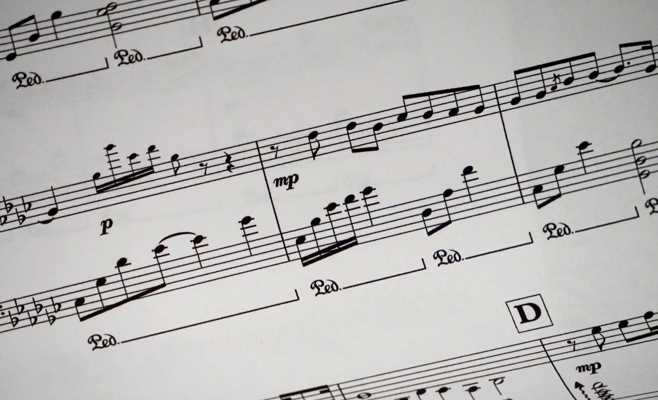Releasing new music has never been easier. You no longer need a record deal to record your music. Anyone can record music at home basically and artists have long moved to soundproof their basement. If you don’t you’ll end up with a basement feeling of your songs. You can definitely hear it in the sound unless that’s what you’re aiming for. With them, you can publish your music to hundreds of outlets and allow people to download lyrics for the best experience. It saves you a bunch of legwork and your royalties are collected automatically as well. Check out an in-depth analysis of the best digital distribution companies around.
Physical Records are Collector’s Items
The music industry has caught up quite well with the era of digitalization. People all over the world hardly buy any CDs anymore these days. Only in Japan do people still seem to prefer CDs. The rest of the world is streaming music these days.
Since the times of brick-and-mortar studios are over, record stores have also become a thing of the past. Well, there still are music studios, but no one needs to rely on them any longer. With digitalization record stores are quite redundant. CDs or even vinyl serve more as merchandise for collectors or nerdy fans. Digital distribution companies are the sheriff in town when it comes to releasing music.
No more hiding
When records were still a thing in the past, a musician could easily disappear for a year and celebrate his comeback with a bang. Now with all the social media and streaming services, you have to stay on top of the game.
You can’t even disappear for three days anymore. Fans want to connect and engage with you. They will need to see some kind of new content regularly. That’s because of all this digital information overload. The attention span of people has decreased. If fans don’t hear of you for several days in a row, they will easily forget about you.
A continuous flow
Creating music has turned into a continuous flow. With the lower attention span, hardly anyone would still listen to a full album – unless you got someone’s attention. Playlists are the new ‘albums’ that offer exposure for a variety of artists.
When CDs and records were still the go-to distribution for music, albums would often serve as a statement for the musician. If it wasn’t a statement, it described a journey or even a story. If you’re still considering releasing an album, you could use the story for promotional efforts.
Start Small
It can be rather tough to be heard by people using music outlets to stream tunes. If you were publishing an album right away, your chances of getting people’s attention are rather low. Maybe you don’t even have a full album yet and that’s absolutely fine. It’d not be advisable to release a bunch of singles at the same time either.
Here’s what you do:
Release a single first. CDBaby, RouteNote, Spinnup, and Tunecore ask for distribution fees for singles and for albums. They would come in rather handy to test the waters. However, don’t release your single right away. You’d want to do some PR for your song and start doing it a month ahead. Upload a song and use Spotify pre-save.
At present, only CDBaby and RouteNote offer Spotify pre-save if you’re going with them to release a single. During that month ahead you can produce a video or at least an art track for YouTube. CDBaby does art tracks, but they do take 30 % of commission for putting your music on YouTube. RouteNote, on the other hand, doesn’t. You could consider making a video via an online video editor with your lyrics.
Take out 15 seconds of that video to share it as a preview on social media along with your Spotify pre-save link. Talk a bit about your new song in social media posts. Tell your fans some of the stories of your new single or what inspired you to make that song.
Build up a Momentum
When music labels were still the only big guys in the music scene, they had this concept of releasing either two singles and an EP before the album or releasing three singles before you release the album. The same concept still works when you’re releasing your music via digital distribution companies.
As a rule of thumb, it’s best to release a single monthly. Follow the steps mentioned above for releasing a single. However, if you know that you’re going to release more tunes than just one song, you might as well choose a different digital music distributor.
With Distrokid, Horus Music, Ditto, LANDR, and Songtrader you can release as much music as you with and just pay an annual fee that starts at $ 19.95 on average. Unfortunately, you can’t use Spotify pre-save with LANDR and Songtradr. Alternatively, you can take advantage of free distribution services by ONErpm or Soundrop, which are the only two free distribution companies offering Spotify pre-save. But both take a 15 % commission.
To build up momentum for your album, released three singles, each one month apart. Then you can either release an EP or go straight to the album. It doesn’t take much time with a digital distribution company.
Focus on singles
Since albums have become a bit out of fashion and playlists are more popular, you may also focus just on singles. Release a single every month or every fortnight. With Routenote you’d have the advantage that they’ll give playlist editors and tastemakers a hint of your song. They can give you a little help to gain more exposure, but your song would have to gain some traction first.
Parting Words on Digital Distribution Companies
For a few more tools to promote yourself as an indie artist, Distrokid has started to offer an SMS marketing tool. It’s a nice addition to its sleek platform that’s incredibly easy to use. If you’re just starting out, you might want to try them first. Try your luck with other digital distribution companies later.



